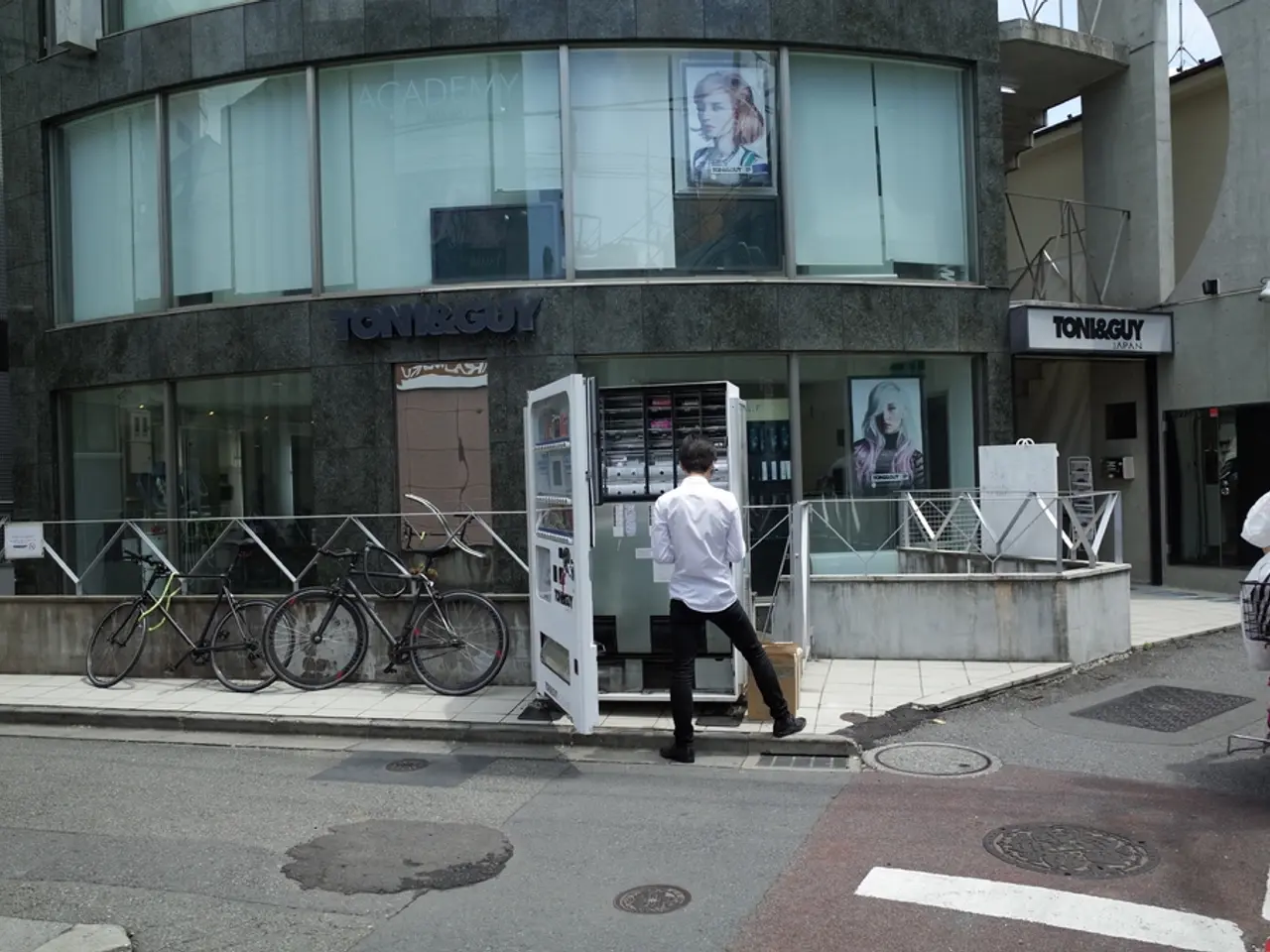2025 Tour de France Pay Disparities: An Examination of the Gender Wage Gap Among Cyclists
Tour de France Femmes Breaks Viewership Records, Yet Prize Money Lags Behind Men's Race
The Tour de France Femmes, the women's equivalent of the iconic cycling event, has made a significant impact this year, attracting record viewership and major sponsors. However, the prize money for the women's race remains significantly lower than that of the men's Tour.
The fourth edition of the Tour de France Femmes, which concluded on August 3, was won by Pauline Ferrand-Prevot. The French cyclist, known for her double Tour-Roubaix wins and 15 World Championships, took home a prize of €50,000. This is ten times less than Tadej Pogacar's prize for the men's Tour.
The women's race consists of nine stages, compared to the men's 21 stages. Despite having fewer stages, the prize money for the women's Tour is higher compared to men's races of similar length like Paris-Nice or the Critérium du Dauphiné. However, the total prize fund for the women's Tour is about €260,000, compared to €2.5 million for the men's Tour.
The viewership for the women's Tour is a record and not far from the men's Tour. With more spectators on the roads and an average of 2.5 million viewers on France Télévisions, peaking at 7.7 million on Sunday, the Tour de France Femmes is gaining popularity.
The economic disparities between the two races are due to several factors. The women's race is newer, and professional women's cycling as a whole has developed more recently. The race's director, Marion Rousse, has emphasised the importance of building a sustainable professional ecosystem before prize money can equalise.
The shorter length of the women's race also impacts its revenue generation, resulting in less available prize money. Sponsorships, TV rights, and commercial support remain smaller for the women's race due to its scale.
Historical underinvestment and lower visibility are also contributing factors to the economic disparities. However, the growth of women's cycling is promising, with more prestigious races emerging and the women's Tour receiving better global exposure.
One positive development is the guarantee of a minimum wage for participants in the Tour de France Femmes. Out of the 154 riders in the race, 75 did not receive any prize money, and only about 30 women took home more than €1,000. Major sponsors have recently joined the Tour de France Femmes, but they are cautious due to the newness of the event and want to ensure its exposure.
The growth in viewership and sponsorship could encourage more investment in the women's Tour in the coming years, helping to close the prize money gap between the men's and women's races. The ongoing growth and increased attention are expected to help close this disparity over time.
In conclusion, while the Tour de France Femmes has made significant strides in terms of viewership and popularity, there is still a significant gap in prize money compared to the men's Tour. However, the growth and increased attention on women's cycling are promising signs for the future.
[1] The Guardian [2] Cycling Weekly [3] The New York Times [4] BBC Sport
French cyclist Pauline Ferrand-Prevot, who won the Tour de France Femmes, received €50,000 in prize money, significantly less than Tadej Pogacar's prize for the men's Tour, emphasizing the disparity in sports funding for women. Despite the Tour de France Femmes setting viewership records and gaining popularity, the race still lags behind its male counterpart in terms of prize money.
Adding major sponsors and recording impressive viewership numbers, the Tour de France Femmes is growing in popularity; however, the prize money remains significantly lower than that of the men's race, demonstrating the ongoing gender disparity in sports.







